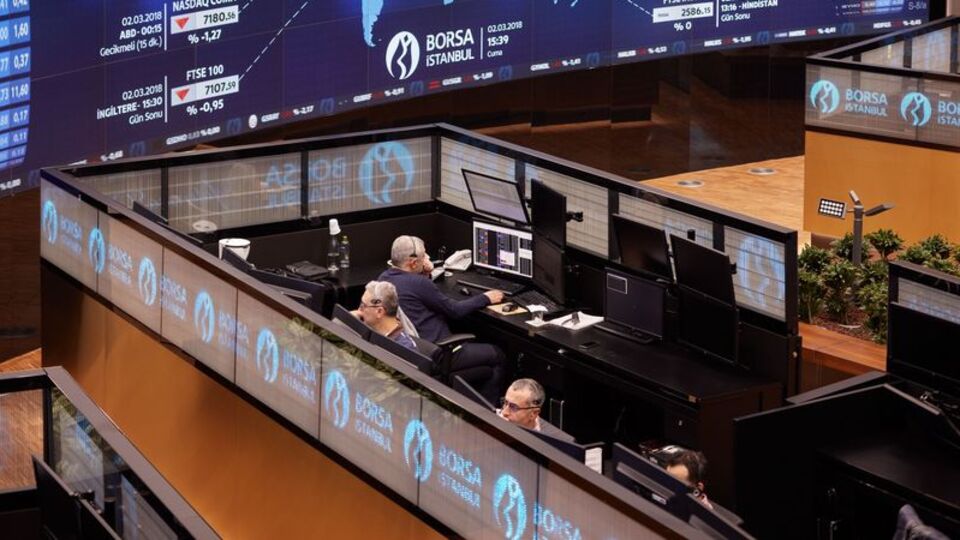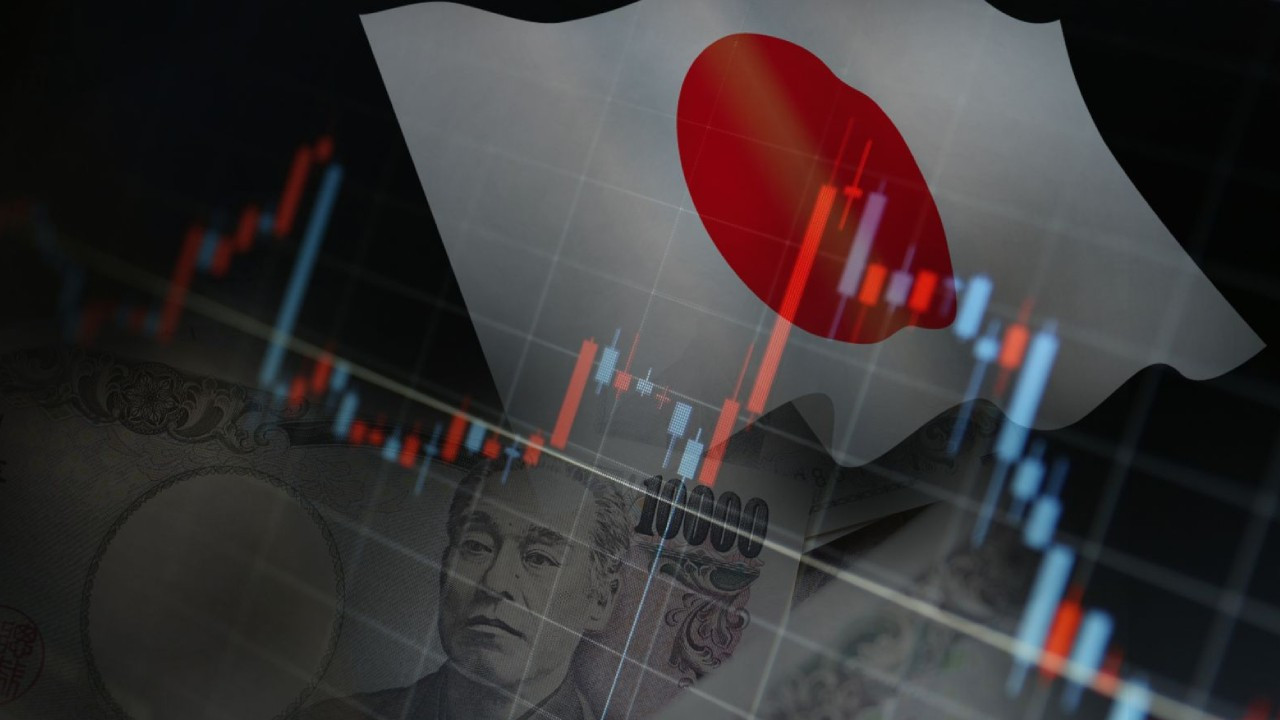
Apple Stock: Opportunities and Risks for Investors


Apple Stock Performance and Valuation
Apple shares have increased by 8.0% over the past month and 21.6% over the past year. This indicates a strong growth momentum and a possible shift in investors' perception of the company's risks and returns.
This month, Apple garnered significant attention with new product launches. Updates to the iPad series and continuous innovations in artificial intelligence have captured the interest of technology investors.
In our valuation score, Apple was assessed as undervalued in only 1 out of 6 checkpoints. However, traditional valuation models only tell part of the story. Let's examine these models now and evaluate Apple's value more intelligently.
The Discounted Cash Flow (DCF) model determines a company's value by forecasting its future cash flows and discounting them to present value. This approach provides a holistic view of intrinsic value by encompassing both short-term performance and long-term potential.
Apple's most recently reported free cash flow was impressively $99.89 billion. Analyst expectations forecast that annual free cash flows will rise to $186.84 billion by 2030. While analysts typically make forecasts up to five years ahead, in this case, Simply Wall St extends the predictions further into the long term.
According to the Two-Stage Free Cash Flow Model, Apple's estimated intrinsic fair value is calculated to be $223.92. Compared to the current stock price, this valuation indicates that Apple's price is approximately 21.7% overvalued based on this foundation.
Conclusion: Overvalued
Our Discounted Cash Flow (DCF) analysis suggests that Apple could be overvalued by 21.7%.
The Price-to-Earnings (P/E) ratio is a popular valuation tool for profitable companies, comparing the current stock price to the company's earnings. Considering actual profits, the P/E ratio gives investors an idea of how much each dollar of earnings costs them.
Apple is currently trading at a 35.94x P/E ratio. In comparison, the average for the overall technology sector is only 22.58x, while its direct competitors are around 33.60x. This data indicates that Apple is priced above both the sector and its peer groups. However, Simply Wall St’s Fair Ratio metric sets Apple’s earnings expectations, profit margins, market capitalization, and business risks at 43.92x. This reflects the strengths of Apple in growth and profitability, exceeding both the sector's and Apple's current P/E ratio.
Conclusion: Undervalued
While P/E ratios tell one story, what if the real opportunity lies elsewhere?
To make your investment decisions more intuitive and personal, let's evaluate two main narratives for Apple.
🐂 Apple Bull Case
Fair Value: $275.00
Undervalued: %-1
(calculated: (275.00 - 272.41) / 275.00)
Revenue Growth Rate: %12.78
For Apple, despite pressure on profit margins due to tariffs imposed on U.S. imports from China, shifting production to India and Vietnam balances these risks. First-quarter 2025 profits exceeded Wall Street expectations, with service revenues reaching record levels, providing solid support for its financial outlook. Strategic investments in artificial intelligence and ongoing brand loyalty are seen as supports for long-term growth.
🐻 Apple Bear Case
Fair Value: $207.71
Overvalued: %31
(calculated: (272.41 - 207.71) / 207.71)
Revenue Growth Rate: %6.39
Apple's entry into new markets such as India and South America brings along a revenue gap, regulatory compliance, and uncertain returns. Service revenues carry risks from possible regulatory actions on significant agreements. Additionally, heavy investments in costly new technologies and sales in mature product lines reaching a plateau pose threats to sustainable growth and profit margins.
Is there more to the story regarding Apple? Join our community to see what other investors think!
```Benzer Haberler
.png)
Yakında Tüm Platformlarda
Sizlere kesintisiz haber ve analizi en hızlı şekilde ulaştırmak için. Yakında tüm platformlarda...







.png)